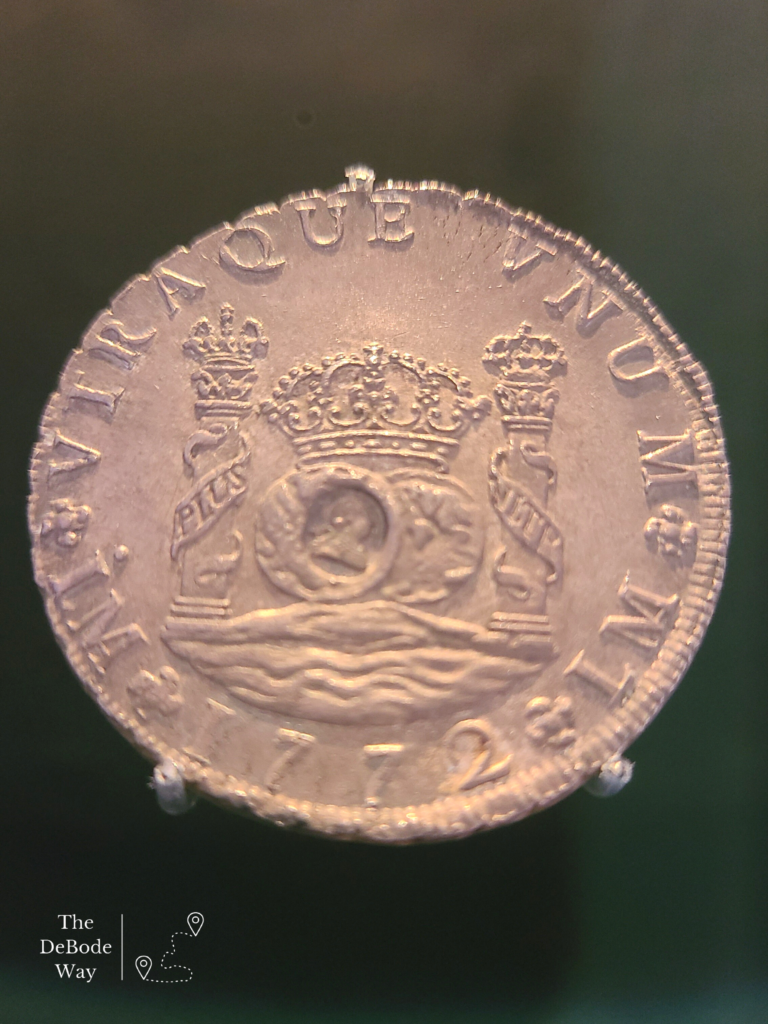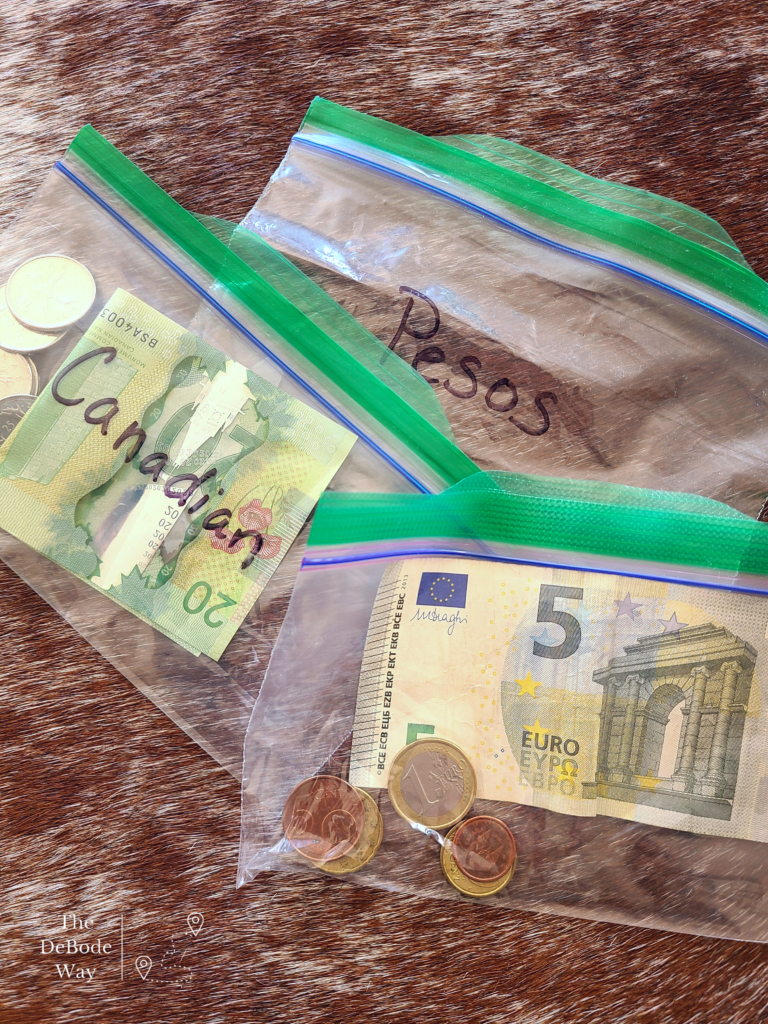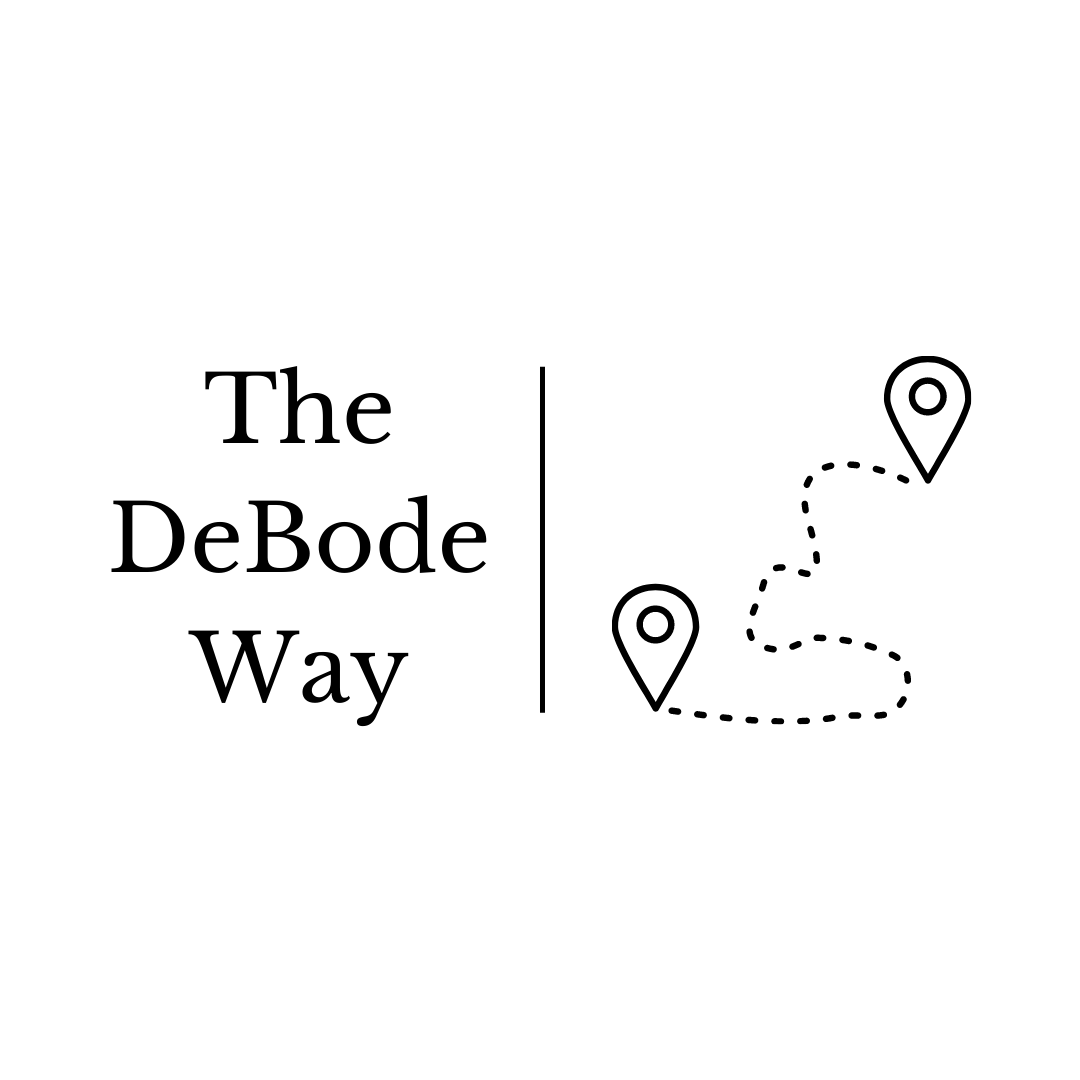It seems like each time we’re getting ready to head out on an adventure, there’s a conversation involving currency that goes something along the lines of (read with sarcasm):
Person 1: Do we have any currency for the EU?
Person 2: Umm, I have pounds [useful in the UK], yes.
P1: Not helpful, we’re going further East.
P2: Oh, okay. I have RMB [Chinese currency].
P1: Too far East. Wait, that’s not even in the right continent.
P2: What? Oh, right. Okay, I have Canadian dollars [as you guessed, only useful in Canada].
P1: Also not on the right continent, even further away, and still not helpful.
P2: Okay, Euros?
P1: Yes! That’s what we need.
P2: No.
P1: No? What do you mean no?
P2: I mean I don’t have any euros.
P1:
P2: 😊
P1: Don’t forget to pack a debit card.
Needless to say, when you’re moving around the globe, it helps to do so using the correct currency (have you ever tried to pay in the US with Mexican pesos? It doesn’t go well). And, though this might sound like a pain, we should remind ourselves that it really wasn’t all that long ago that it would have been even more complicated.
A Little Currency History
The US dollar (aka greenback, cheddar, cabbage, simoleons, etc.) was introduced way back in the 1860s as a way to fund the Civil War, but it didn’t really become a standardized currency system until 1869. The British pound, another familiar global currency, has been used in some form or another going back to around 775 (no, not 1775, just 775, at which time a pound was equivalent to a pound of silver). The renminbi (RMB) was introduced in China toward the end of 1948, or roughly a year before the People’s Republic of China was formally established.
In other words, most global currencies have been around for a minute: the British pound has been in circulation for not quite 1,250 years, the US dollar for a little more than 160 years, and the Chinese RMB for about 74 years.

By comparison, the euro was born in 1999, though it didn’t actually start circulating until three years later, and even then, it took another seven years to become the dominant European currency we know today. In other words, the euro has really only been around for about 13 years. Crazy, right? I can measure my life in multiples of 13. Gosh. I need to sit down.
The Euro Emerges
As you might have guessed, the euro is the official currency of the EU member nations, of which there are 27, or at least there are now (I’m looking at you, Brexit). The European Union (EU, for short) was established when the Maastricht Treaty went into effect in 1993, though the functioning of the EU was amended by both the Treaty of Rome (2007) and the Treaty of Lisbon (2009). However, the idea of a unified Europe goes back to at least 1948, when the so-called ‘Inner Six’ (Belgium, France, Italy, Luxembourg, the Netherlands, and West Germany) formed, post-World War II. From then on, various groups of nations existed until the Maastricht Treaty and the formation of the EU that we know today.

Because the EU includes 27 countries – a significant swath of Europe – that means prior to its establishment, if you wanted to travel between these countries and spend any money, you would need to exchange currency from France (the franc) as you crossed into Germany (the Deutsch mark). Going elsewhere? Great, now you need to convert currency from Germany to Czech koruna or crown (though even this is complicated because if it was before 1993, you would have entered Czechoslovakia. Czechoslovakia still used the crown, but after it split into the Czech Republic and Slovakia at the end of 1992, both had their own form of the crown, and they weren’t worth the same amounts. Good grief. So, depending on which part of the former Czechoslovakia you were visiting, it would have been a different conversion, but I digress…), and so on. Once the EU was established, and the euro was adopted as its official currency, that became a thing of the past, thankfully. There are still a few countries in the EU that use their own currency, but as time goes on these have become fewer and fewer, which is good news for travelers.
A Few Tips
Of course, with the invention of credit cards and even newer forms of giving other people/companies your money, the emphasis on cash transactions isn’t what it once was. Still, it’s a good thing to keep in mind that, while credit cards (and their more digital successors) are widely accepted throughout the world, the further you get from large cities, the more likely it’ll be that you need to pay in cash, or at least that it’s appreciated when you do. So, it’s always good form to have some amount of the local currency on your person. We recommend waiting until you are in the country you’re headed for and then finding an ATM that won’t charge bank fees to get some cash before continuing with your travels. The conversion rate is usually better than the currency exchange at the airport or ordering currency at home ahead of time. To double-check, we like to use Oanda Currency Converter or a good ole Google Finance check. We keep a travel account at a separate bank from the rest of our funds for security and only put in the amount we intend to use before we travel just in case we’re victims of theft.
All this to say, fortunately, when you’re moving around the EU, there’s usually only one currency you need to worry about. Oh, and it’s not pesos.
Happy traveling!




